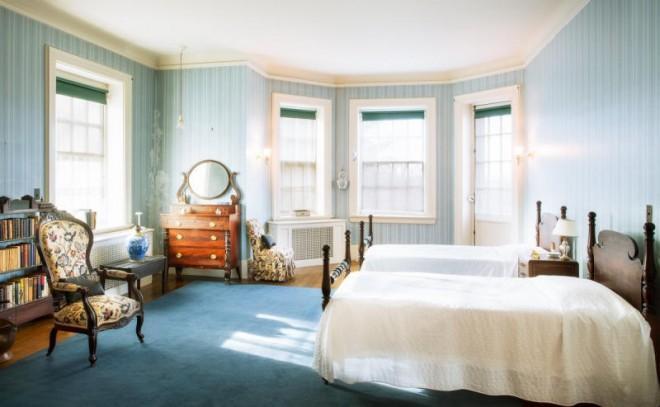As he grew up in a historic estate named "Aberdeen on the Hudson", which was built in 1802, architecture photographer Nathaniel Cooper grew an appreciation for sturdy, 19th-century design.
"As an architecture photographer, I'm primarily hired to photograph new constructions with modern furnishings," Cooper said. "Photographing historic homes with original and/or era-themed furnishings allows me to catch a glimpse of culturally unique and completely different time periods."
Combining his two interests of architecture photography and historic homes, Cooper got exclusive tours inside some of the most historic homes in the Hudson Valley. Below, see the interiors of homes that once housed Franklin D. Roosevelt and the Vanderbilts.
Springwood Estate in Hyde Park, New York, was the childhood home of former President Franklin D. Roosevelt, and was purchased by his father for $40,000 in 1866.

The estate was FDR's birthplace, lifelong home, and burial place.
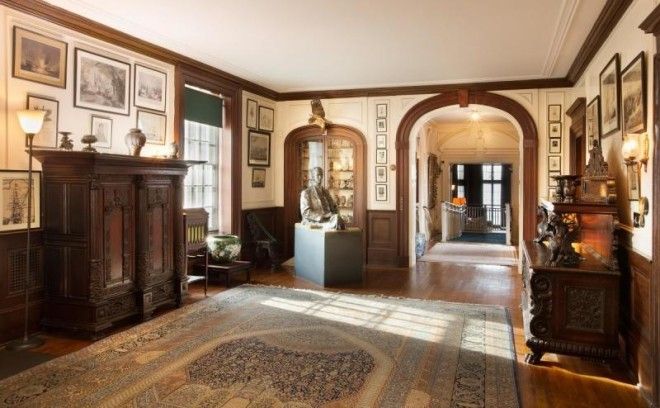
After FDR married Eleanor in 1905, the newlyweds moved into the estate with his mother. The original furniture can still be seen in the home today.
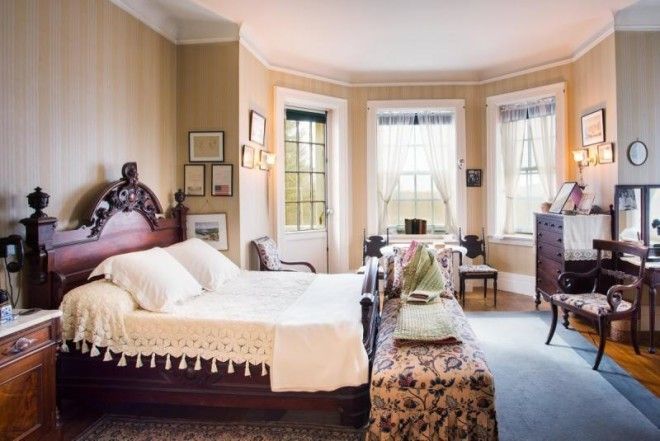
Throughout FDR's presidency, he made 200 visits to the estate and welcomed visitors like King George VI and Queen Elizabeth. FDR made his last visit to Springwood Estate two weeks before his death in 1945. That same year, it was designated a National Historic Site.
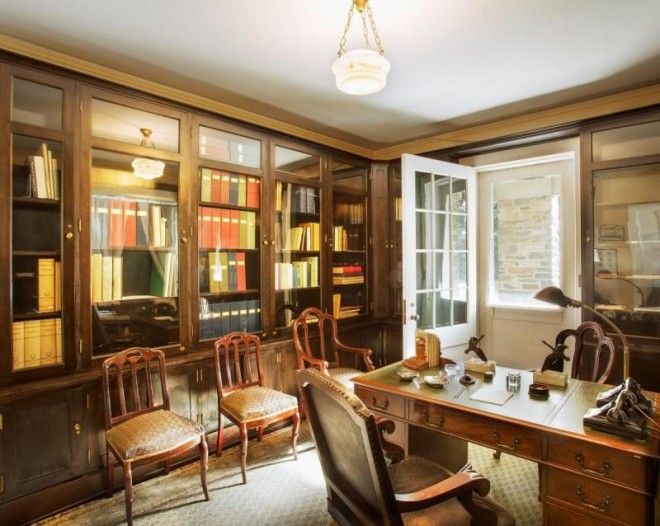
The Vanderbilt Mansion is one of the oldest sites in the Hudson Valley. The land itself was purchased in 1764, but the mansion was not built until 1898. It cost $2.25 million to build and furnish.
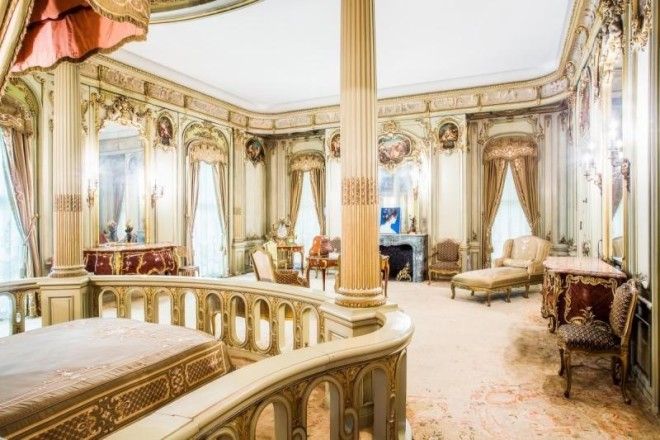
The mansion belonged to Frederick W. Vanderbilt and his wife, Louise. Frederick was the grandson of Cornelius Vanderbilt, one of the wealthiest Americans of the 19th century. He was known for building the New York Central Railroad.
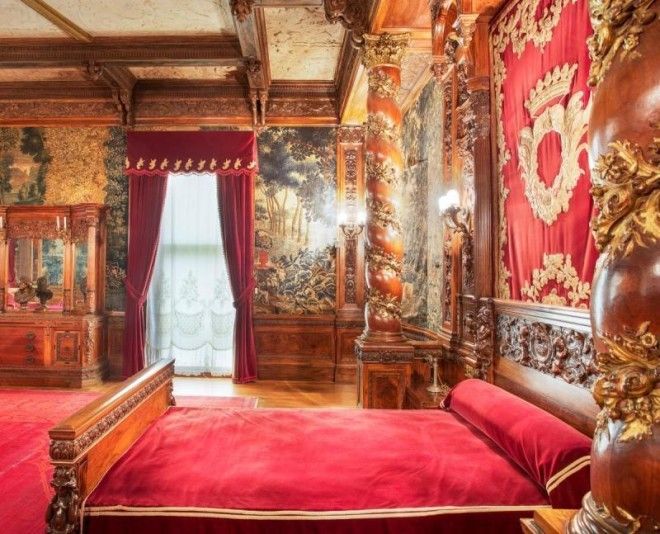
The 54-room mansion was built with plumbing, forced hot air, central heating, and electric lighting — all amenities that only a Vanderbilt could afford at that time.
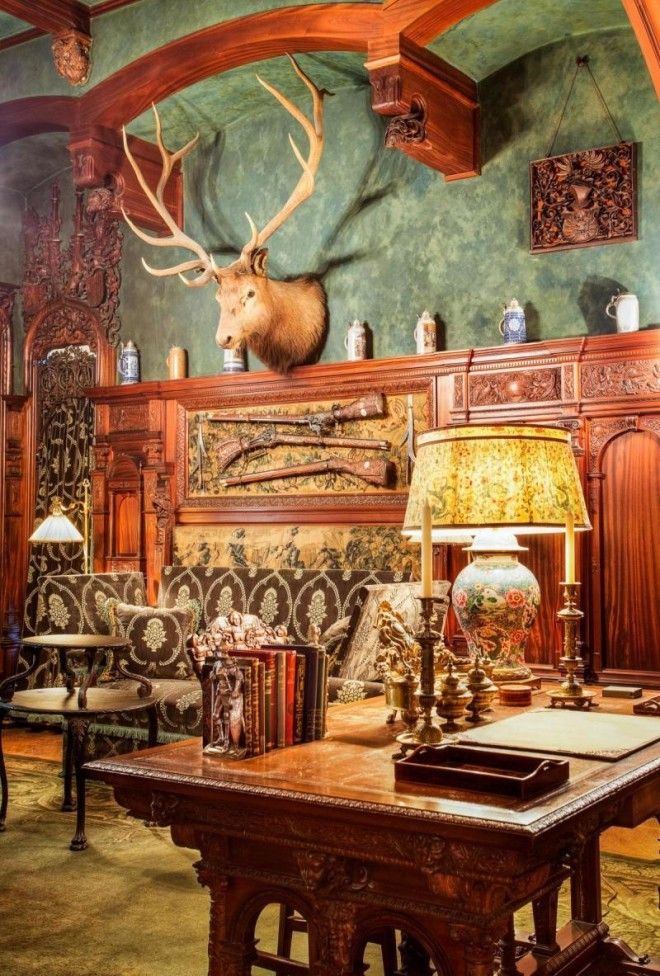
Today, the Vanderbilt Mansion is a National Historic Site that takes up over 200 acres, including the mansion, formal gardens, and numerous auxiliary structures.

Locust Grove Estate was built in Poughkeepsie in 1851. Designed by architect Alexander Jackson Davis, it was intended for artist and inventor Samuel Morse.
Advertising
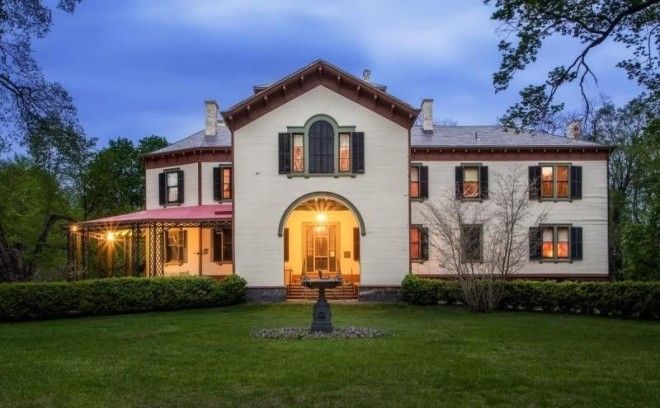
Morse and his family used Locust Grove as a summer home away from New York City, where they spent winters in a townhouse.
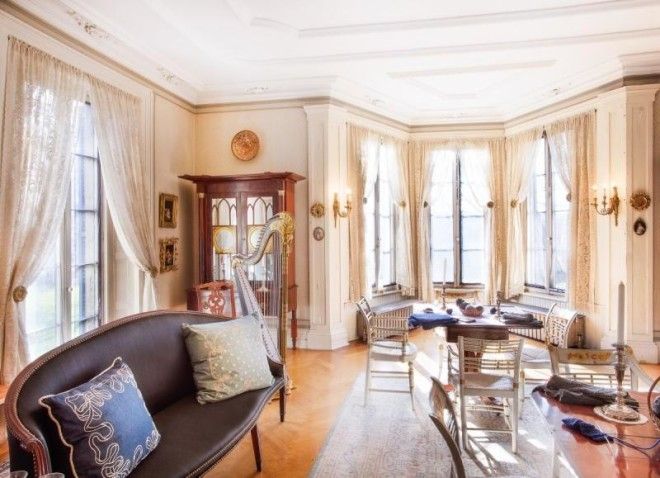
Fifty years after the house was built, it was renovated for new owners William and Martha Young. Their daughter later created the foundation that preserves the estate as a museum today.

The 51-room estate opened to the public in 1979 and features the Young family's 15,000-piece collection of furniture, paintings, and decorative arts. They're presented the same way they were used in the early 20th century.

Boscobel was built for States Morris Dyckman, great-grandson of one of Manhattan's earliest settlers, Jan Dyckman. Dyckman and his wife, Elizabeth Corne Kennedy, planned to move in with their one child, Peter. Dyckman, however, died of a chronic illness in 1806, two years before the construction was finished.

Elizabeth and Peter still moved in and lived out their lives in the home, welcoming Peter's wife Susan, servants, and farm laborers to live there as well.

The Dyckman ownership of Boscobel ended in 1888. In 1955, a demolition contractor purchased the house and began to demolish it. The demolition soon came to a halt when a new organization, called Boscobel Restoration, raised enough funds to stop it.
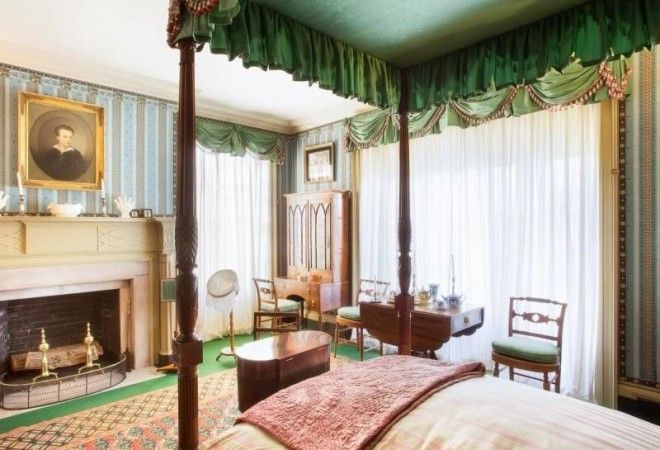
This organization helped restore Boscobel with all of its remaining parts at a new location. Over the course of five months, it was dismantled and moved piece-by-piece to its new location in Garrison, New York. It formally opened to the public in 1961, and to this day remains a place for special tours, workshops, and exhibits.

Boscobel.
